Turkish arts, archaeology in 2015
 Turk wins Nobel prize in chemistry
Turk wins Nobel prize in chemistry Turkish-American DNA scientist Aziz Sancar was among the three names to win this year’s Nobel Prize in chemistry on Oct. 7. Sancar, Sweden’s Tomas Lindahl, and the U.S.-based Paul Modrich won the prize for work on mapping how cells repair damaged DNA. Their work has provided fundamental knowledge of how a living cell functions and is, for instance, used for the development of new cancer treatments,” the Royal Swedish Academy of Sciences said in a statement awarding the 8 million Swedish crowns ($969,000).
“I will come to Turkey on the 19th of May [2016] and present my award to Atatürk at Anıtkabir [Atatürk’s mausoleum in Ankara],” Sancar said, preferring a significant day marking the beginning of the Turkish War of Independence and celebrated across Turkey as the Commemoration of Atatürk, Youth and Sports Day. Sancar also expressed his gratitude to the republic which sponsored most of his education. “This award was earned thanks to Atatürk,” he added.

‘Kitchen restoration’ of ancient theater provokes incredulity
The restoration work at the historical amphitheater of Aspendos sparked outrage among tourists and cultural associations, as white marble has been used on the ancient site’s stairs and seats rather than stones of the original texture and color.
The new design, which is reminiscent of the marble widely used in kitchens, in contrast to the dark grey original texture of the historical monument, has raised debate. The ancient theater was closed to the public for restoration for most of 2015.
Recep Yavuz, a tourism official for Antalya Municipality, declared the restoration a “disaster” and said the city had been subjected to “nonsensical and confusing” restoration works that do not reflect the history of the respective areas.
Later in a statement, the Culture and Tourism Ministry said that the stones used for the restoration would – in time and with the effect of the weather and natural conditions – form patina and turn the same color as the original stones.

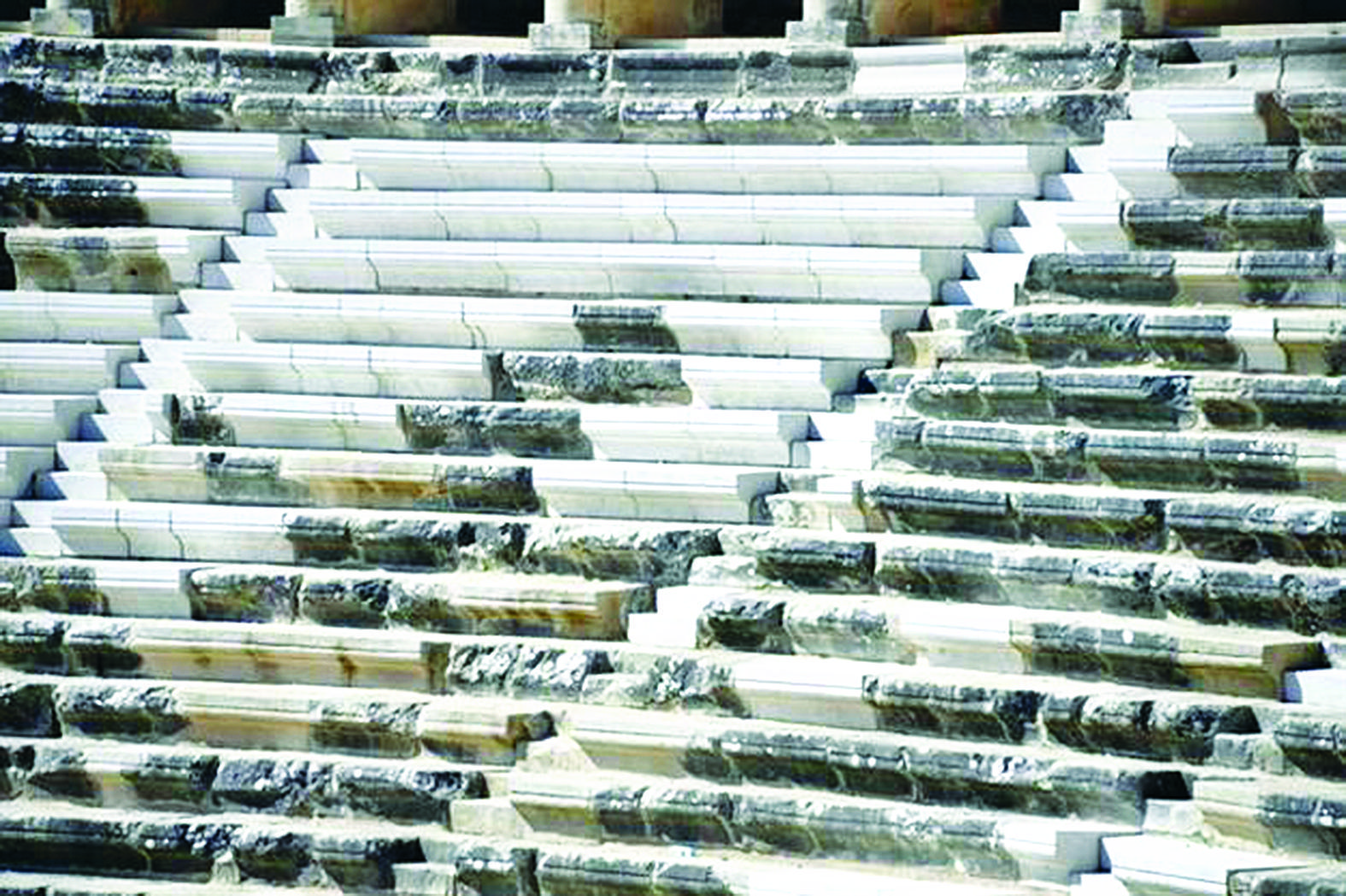
Historic Istanbul castle turns into ‘SpongeBob’ after restoration
The restoration process of a historic castle in Istanbul’s Şile district faced harsh criticism from Turkish social media users, with many comparing the castle’s redone look to cartoons via social media. Frustrated (and amused) social media users reacted to the restoration by sharing images of the finished castle that likened it to famous U.S. cartoon character SpongeBob SquarePants, while some claimed that it looked like something out of video game Minecraft.

Signs of world’s first pictograph found in Göbeklitepe
A scene on an obelisk found during excavations in Göbeklitepe, a 12,000-year-old site in the southeastern province of Şanlıurfa, could be humanity’s first pictograph, according to researchers. “The scene on the obelisk unearthed in Göbeklitepe could be construed as the first pictograph because it depicts an event thematically. It depicts a human head in the wing of a vulture and a headless human body under the stela,” Şanlıurfa Museum Director and Göbeklitepe excavation head Müslüm Ercan said. “There are various figures like cranes and scorpions around this figure. This is the portrayal of a moment; it could be the first example of pictograph. They are not random figures. We see this type of thing portrayed on the walls from 6,000-5,000 B.C. in Çatalhöyük [in modern-day western Turkey].”

A scene on an obelisk found during excavations in Göbeklitepe, a 12,000-year-old site in the southeastern province of Şanlıurfa, could be humanity’s first pictograph, according to researchers. “The scene on the obelisk unearthed in Göbeklitepe could be construed as the first pictograph because it depicts an event thematically. It depicts a human head in the wing of a vulture and a headless human body under the stela,” Şanlıurfa Museum Director and Göbeklitepe excavation head Müslüm Ercan said. “There are various figures like cranes and scorpions around this figure. This is the portrayal of a moment; it could be the first example of pictograph. They are not random figures. We see this type of thing portrayed on the walls from 6,000-5,000 B.C. in Çatalhöyük [in modern-day western Turkey].”
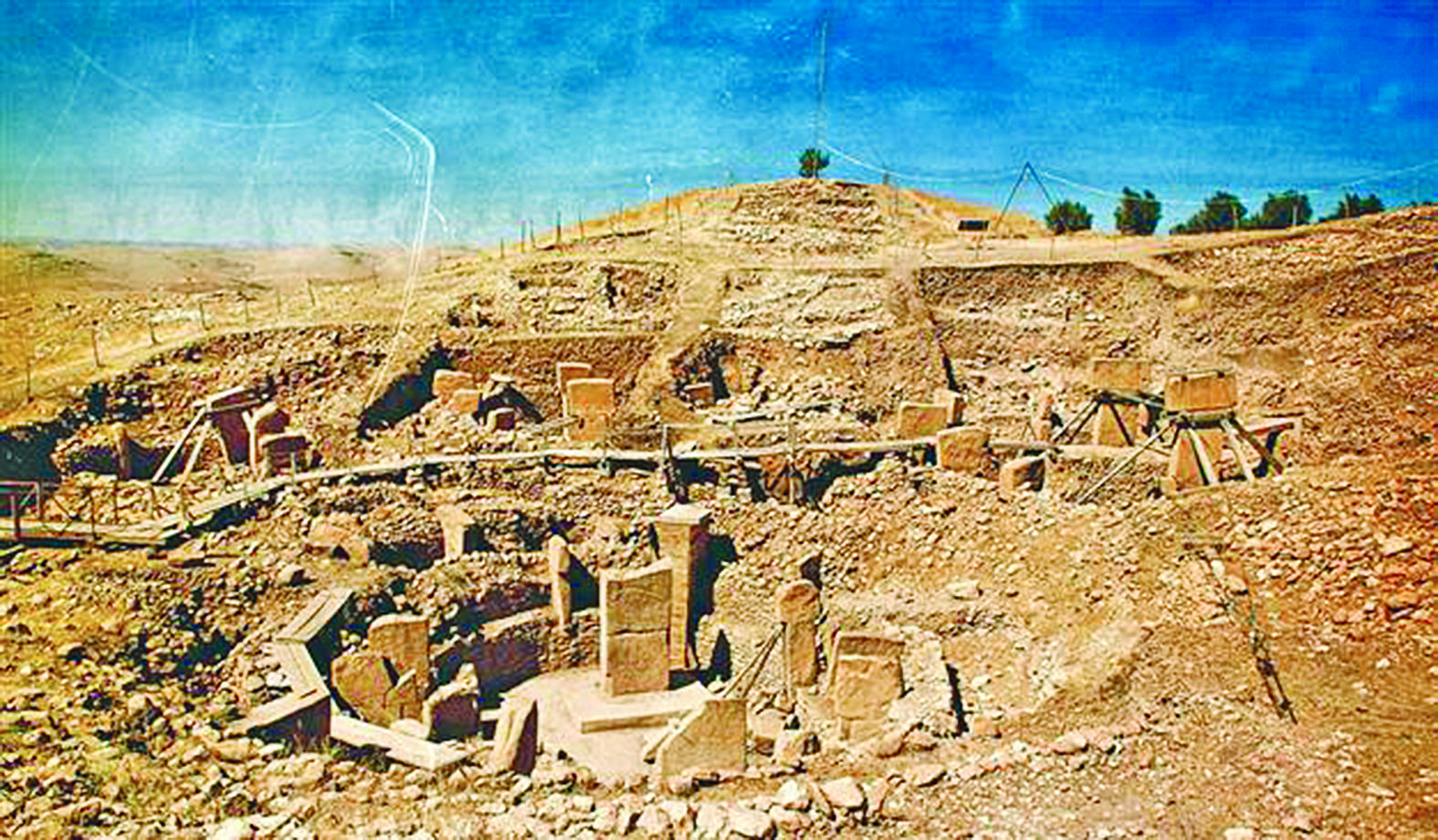
City walls, gardens in Diyarbakır added to UNESCO World Heritage list
The World Heritage Committee of UNESCO added cultural sites in the southeastern province of Diyarbakır as well as the ancient city of Ephesus in İzmir to its World Heritage List. The Diyarbakır Fortress and the city’s Hevsel Gardens were inaugurated into the list during the 39th session of the Committee, held in the German city of Bonn late on July 4. The site was chosen by a unanimous vote of 20 delegates after a Diyarbakır presentation of the International Council on Monuments and Sites (ICOMOS). The ancient city of Ephesus was added to the list on July 5.

Süleyman the Magnificent’s burial site found in Hungary
Historians discovered what they believed to be the shrine and mosque where the internal remains of Süleyman the Magnificent were interred in 1566. A joint Turkish-Hungarian team uncovered structures in southern Hungary where Süleyman’s organs were buried following his death during a Balkan campaign. The site near Szigetvar, which was under siege by Süleyman’s Ottoman army when he died, includes a “sultan-like structure,” researchers said at a news conference in Budapest in December. “Hexagonal structures found during the excavation proves that this site is a sultan-like structure,” said Ali Uzay Peker, a Turkish academic from Middle East Technical University’s architecture department. “The mosque and the shrine were built side by side. The fact that a minaret could not be found during the first excavation indicates that this is a shrine. At this stage we can say that we found the site of Süleyman’s shrine.”

Historians discovered what they believed to be the shrine and mosque where the internal remains of Süleyman the Magnificent were interred in 1566. A joint Turkish-Hungarian team uncovered structures in southern Hungary where Süleyman’s organs were buried following his death during a Balkan campaign. The site near Szigetvar, which was under siege by Süleyman’s Ottoman army when he died, includes a “sultan-like structure,” researchers said at a news conference in Budapest in December. “Hexagonal structures found during the excavation proves that this site is a sultan-like structure,” said Ali Uzay Peker, a Turkish academic from Middle East Technical University’s architecture department. “The mosque and the shrine were built side by side. The fact that a minaret could not be found during the first excavation indicates that this is a shrine. At this stage we can say that we found the site of Süleyman’s shrine.”

World’s first cave church restored and opened to visitors
The St. Pierre Church, considered a pilgrimage place for Christians and believed by some to be the world’s first cave church, has been restored and opened to visitors. Located on the outskirts of the Mont Habib Neccar in the eastern province of Hatay, the church was a meeting point for the believers of Jesus in the 1930s. Rocks in the cave have been fixed in place with wire netting to lower the risk to visitors and the church was restored to its original appearance. The mosaics in the church surfaced during its restoration. Also, new lounges, car parking and a cafe have been organized for visitors.

The St. Pierre Church, considered a pilgrimage place for Christians and believed by some to be the world’s first cave church, has been restored and opened to visitors. Located on the outskirts of the Mont Habib Neccar in the eastern province of Hatay, the church was a meeting point for the believers of Jesus in the 1930s. Rocks in the cave have been fixed in place with wire netting to lower the risk to visitors and the church was restored to its original appearance. The mosaics in the church surfaced during its restoration. Also, new lounges, car parking and a cafe have been organized for visitors.
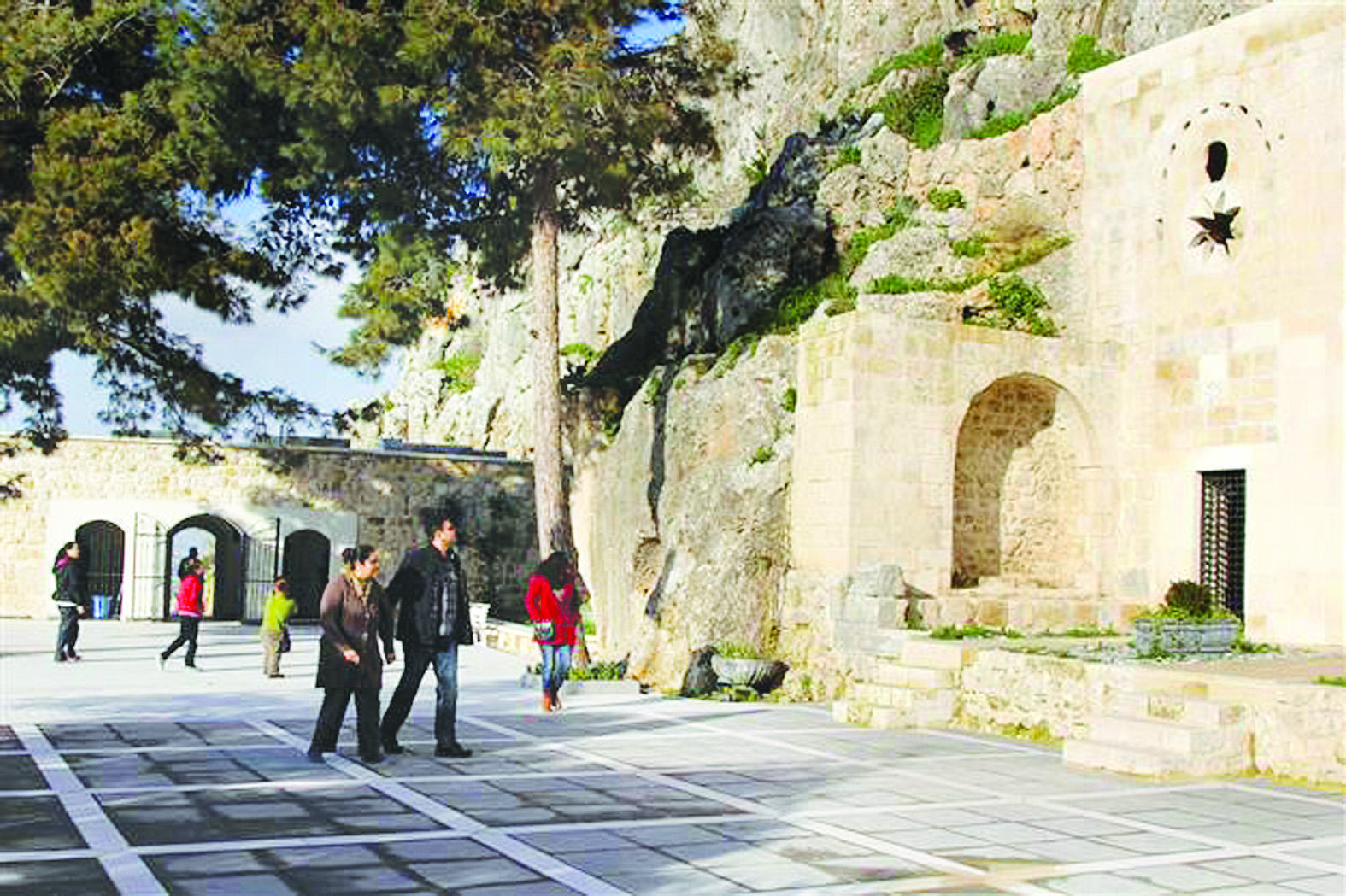
Ancient saltpan discovered in Anatolia
Archaeological work in the ancient city of Kaunos unearthed a 2,000 year-old saltpan. The ancient city, which dates back to 3,000 years ago, is located in the Dalyan neighborhood in the western province of Muğla’s Ortaca district.
Muğla Sıtkı Koçman University Rector Professor Mansur Harmandar said during the course of the work they had discovered an area where salt was produced, and continued: “Forty-eight saltpans were unearthed in the area of İztuzu beach. A project will be made soon to help the area gain tourism. We are currently working on a project in which ancient-era work will be revived. Our purpose is to boost tourism in the area as well as protect and use it.”

Ergüven’s film shortlisted for foreign Oscar
“Mustang,” the first feature film by Franco-Turkish director Deniz Gamze Ergüven and was officially selected by France’s national center for cinema to compete for best foreign language film at the 2016 Oscars, is among the nine films that have made it onto a shortlist in the contest for the foreign-language Oscar, Academy Awards organizers said late Dec. 17. Centered around the story of five adolescent sisters who are sequestered by their family when they are deemed too rebellious, the film was screened at the Director’s Fortnight at the 2015 Cannes Film Festival and has received international critical acclaim.

Archaeological work in the ancient city of Kaunos unearthed a 2,000 year-old saltpan. The ancient city, which dates back to 3,000 years ago, is located in the Dalyan neighborhood in the western province of Muğla’s Ortaca district.
Muğla Sıtkı Koçman University Rector Professor Mansur Harmandar said during the course of the work they had discovered an area where salt was produced, and continued: “Forty-eight saltpans were unearthed in the area of İztuzu beach. A project will be made soon to help the area gain tourism. We are currently working on a project in which ancient-era work will be revived. Our purpose is to boost tourism in the area as well as protect and use it.”

“Mustang,” the first feature film by Franco-Turkish director Deniz Gamze Ergüven and was officially selected by France’s national center for cinema to compete for best foreign language film at the 2016 Oscars, is among the nine films that have made it onto a shortlist in the contest for the foreign-language Oscar, Academy Awards organizers said late Dec. 17. Centered around the story of five adolescent sisters who are sequestered by their family when they are deemed too rebellious, the film was screened at the Director’s Fortnight at the 2015 Cannes Film Festival and has received international critical acclaim.

Turkey says farewell to notable figures
In 2015, Turkey lost three of its well-known figures in literature and entertainment world. One of modern Turkey’s most celebrated literary figures, Yaşar Kemal, who was hospitalized from Jan. 14 onwards following respiratory problems, lung infection and heart arrhythmia, died at a hospital in Istanbul on Feb. 28.
Well-known theater and movie actor Zeki Alasya died at the age of 72 on May 8. Alasya had been under treatment for liver disease at the hospital since April 22. The actor was diabetic patient.


Renowned Turkish actor Levent Kırca died of liver cancer early Oct. 12 in Istanbul. He was 67. Kırca had been undergoing treatment for liver cancer at Marmara University’s Pendik Training and Research Hospital since July. Kırca was primarily known for his satirical TV sketch called “Olacak O Kadar,” touching on the public’s problems in a critical and comedic way. The series aired on various channels for 22 years.
Another name Turkey lost was veteran Turkish cinema director Memduh Ün, who died on Oct. 16 at a hospital in Bodrum following a long period of treatment. He was 95. Ün, who lived with his partner, well-known actress Fatma Girik, in the Torba neighborhood, was taken to Acıbadem Hospital on Nov. 11, 2014, for treatment and had remained in intensive care unit since then.


First Roman Christian church unearthed in Diyarbakır
Excavations in the historic Zerzevan Castle in the eastern province of Diyarbakır’s Çınar district unearthed the first church of Roman Christians beneath a fortress. The castle served as a military base during the Roman era and work that started last year have continued with a team of 60 people. The castle in the Demirölçek neighborhood, 13 kilometers from the city center, boasts the remnants of 12-meter-high and 1,200-meter-long city walls, a 22-meter-high observation tower, church, palace, residence, rock tombs, baths, granaries and armories, as well as 54 water cisterns.

In 2015, Turkey lost three of its well-known figures in literature and entertainment world. One of modern Turkey’s most celebrated literary figures, Yaşar Kemal, who was hospitalized from Jan. 14 onwards following respiratory problems, lung infection and heart arrhythmia, died at a hospital in Istanbul on Feb. 28.
Well-known theater and movie actor Zeki Alasya died at the age of 72 on May 8. Alasya had been under treatment for liver disease at the hospital since April 22. The actor was diabetic patient.
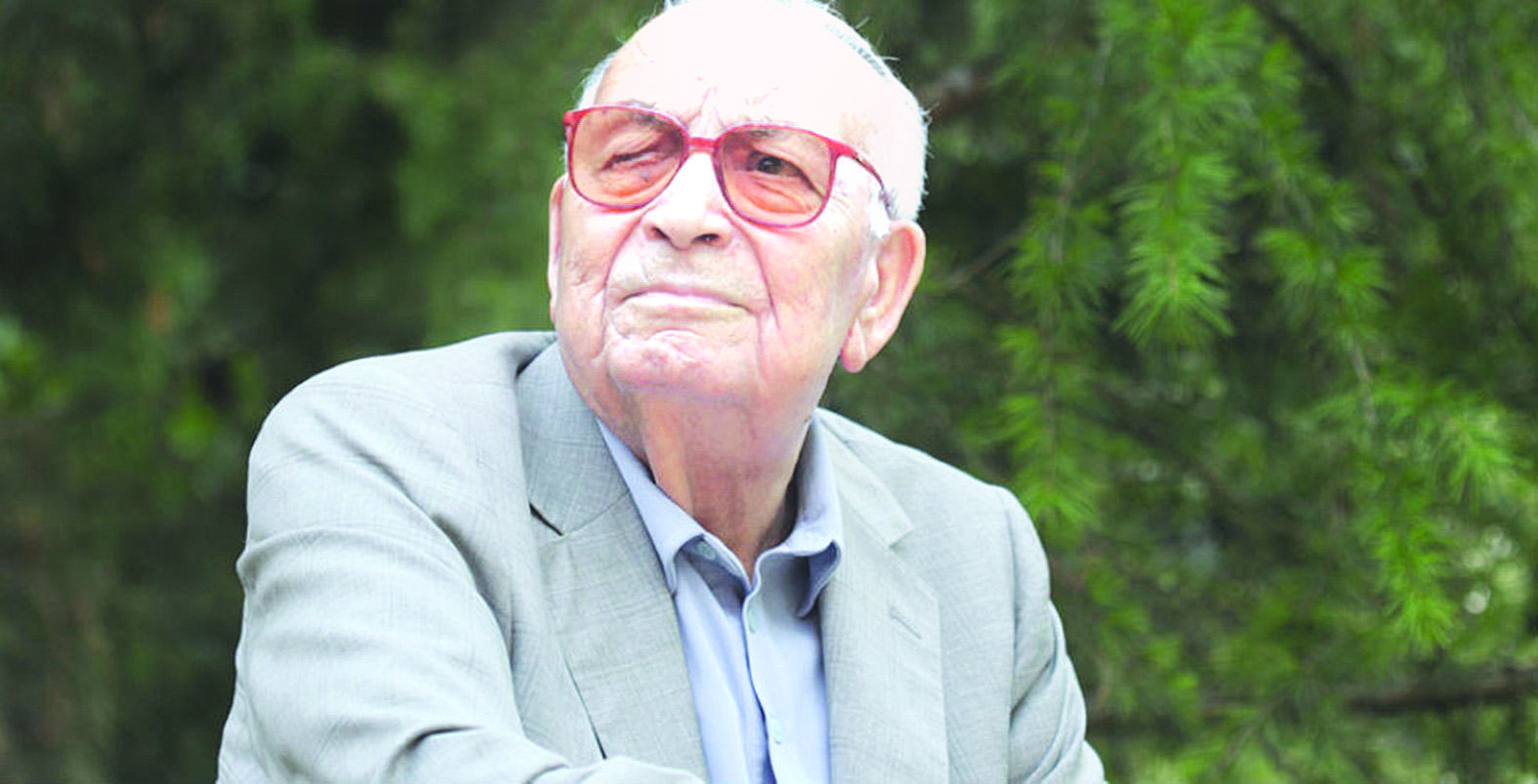
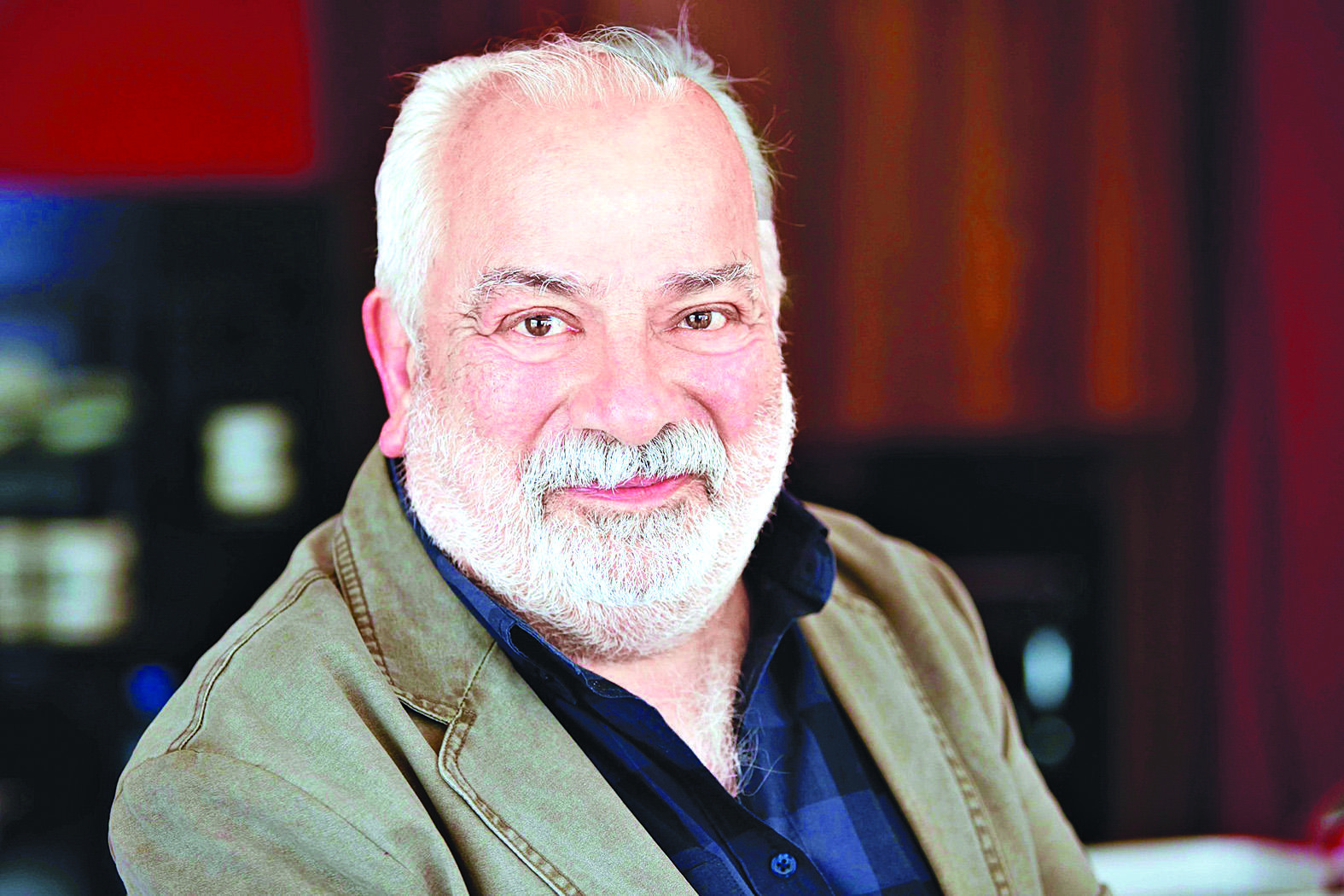
Renowned Turkish actor Levent Kırca died of liver cancer early Oct. 12 in Istanbul. He was 67. Kırca had been undergoing treatment for liver cancer at Marmara University’s Pendik Training and Research Hospital since July. Kırca was primarily known for his satirical TV sketch called “Olacak O Kadar,” touching on the public’s problems in a critical and comedic way. The series aired on various channels for 22 years.
Another name Turkey lost was veteran Turkish cinema director Memduh Ün, who died on Oct. 16 at a hospital in Bodrum following a long period of treatment. He was 95. Ün, who lived with his partner, well-known actress Fatma Girik, in the Torba neighborhood, was taken to Acıbadem Hospital on Nov. 11, 2014, for treatment and had remained in intensive care unit since then.

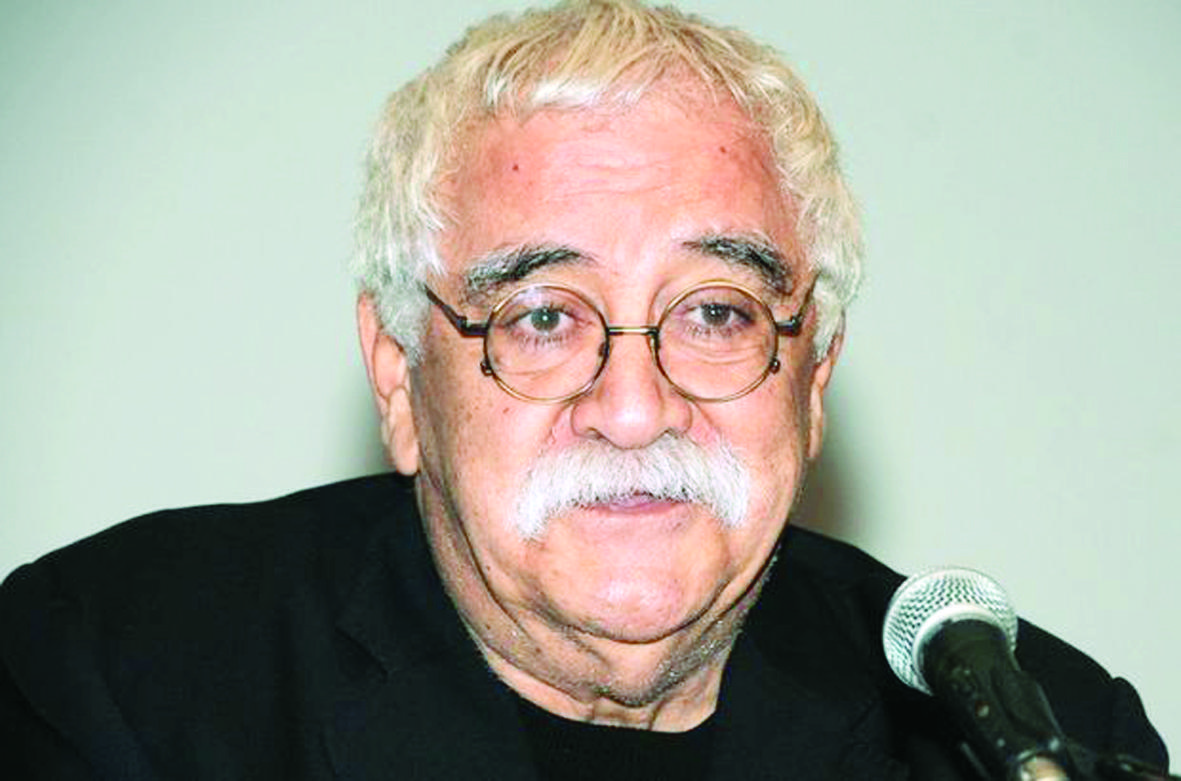
Excavations in the historic Zerzevan Castle in the eastern province of Diyarbakır’s Çınar district unearthed the first church of Roman Christians beneath a fortress. The castle served as a military base during the Roman era and work that started last year have continued with a team of 60 people. The castle in the Demirölçek neighborhood, 13 kilometers from the city center, boasts the remnants of 12-meter-high and 1,200-meter-long city walls, a 22-meter-high observation tower, church, palace, residence, rock tombs, baths, granaries and armories, as well as 54 water cisterns.
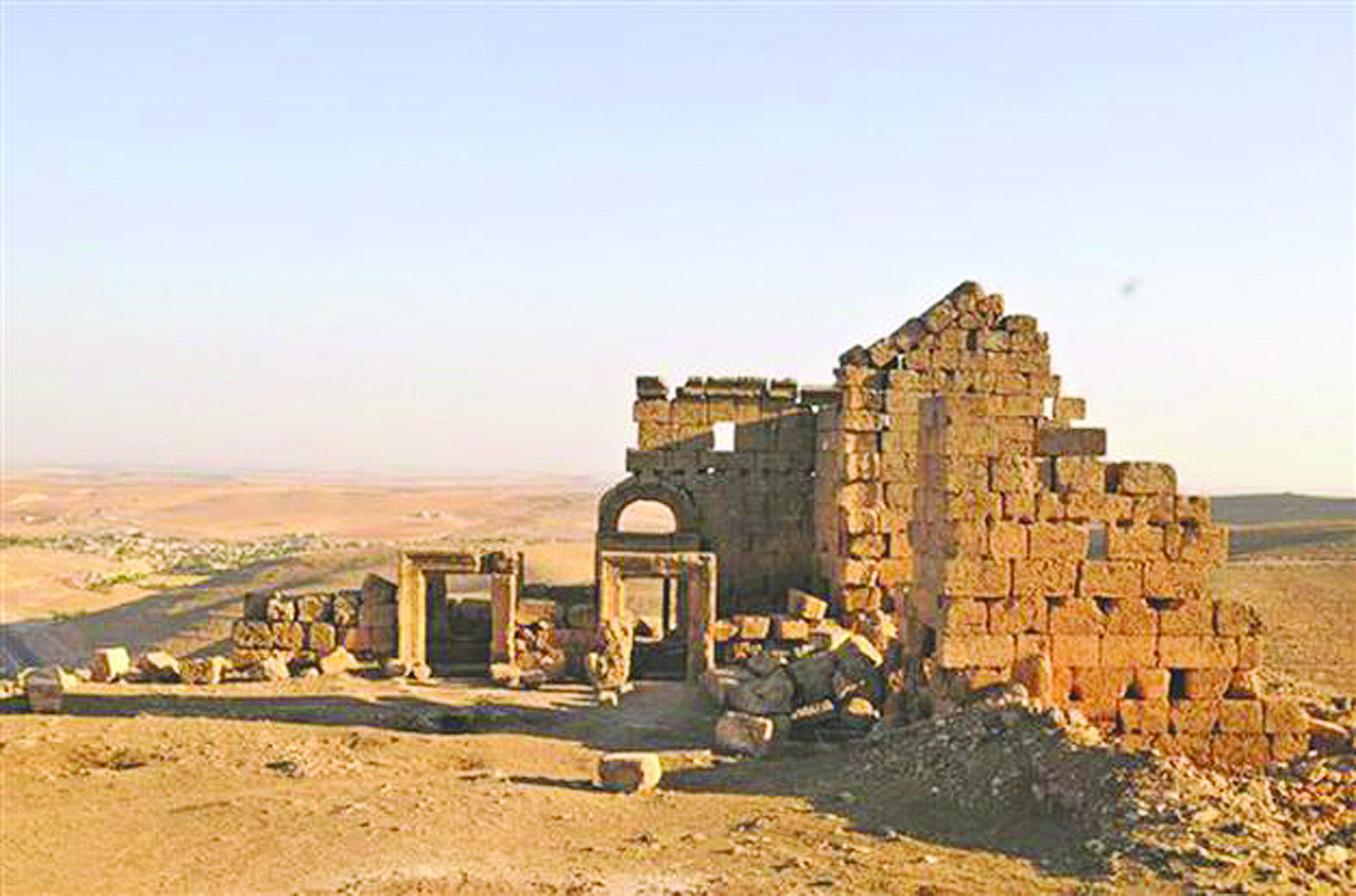
Turkey rejects Julianne Moore as tourism face over ‘poor acting’
Hollywood star Julianne Moore may won the 2015 Best Actress Oscar, but Turkish officials have rejected a bid to make her Turkey’s tourism face by citing her “poor acting.” The Culture and Tourism Ministry disapproved of the acclaimed actress’ performance in a film promoting tourism in Turkey and demanded a reshoot. However, Moore declined the ministry’s offer, ultimately leading to the cancellation of the project, daily Hürriyet has learned. Sources told Hürriyet that the ministry ended up rejecting the film, citing Moore’s “poor acting.”

Hollywood star Julianne Moore may won the 2015 Best Actress Oscar, but Turkish officials have rejected a bid to make her Turkey’s tourism face by citing her “poor acting.” The Culture and Tourism Ministry disapproved of the acclaimed actress’ performance in a film promoting tourism in Turkey and demanded a reshoot. However, Moore declined the ministry’s offer, ultimately leading to the cancellation of the project, daily Hürriyet has learned. Sources told Hürriyet that the ministry ended up rejecting the film, citing Moore’s “poor acting.”

Turkish actress Damla Sönmez best in Milan
Turkish actress Damla Sönmez won best actress at the Milan International Film Festival for her role in the film “Deniz Seviyesi” (Across the Sea). The festival started on May 7 and will continue until May 17 in Italy. The directors of the film, Nisan Dağ and Esra Saydam, also won the festival’s Best Director Award. The festival’s award ceremony was held on Sept. 9 in Milan. The film was also screened in the ceremony.

Turkish actress Damla Sönmez won best actress at the Milan International Film Festival for her role in the film “Deniz Seviyesi” (Across the Sea). The festival started on May 7 and will continue until May 17 in Italy. The directors of the film, Nisan Dağ and Esra Saydam, also won the festival’s Best Director Award. The festival’s award ceremony was held on Sept. 9 in Milan. The film was also screened in the ceremony.

















